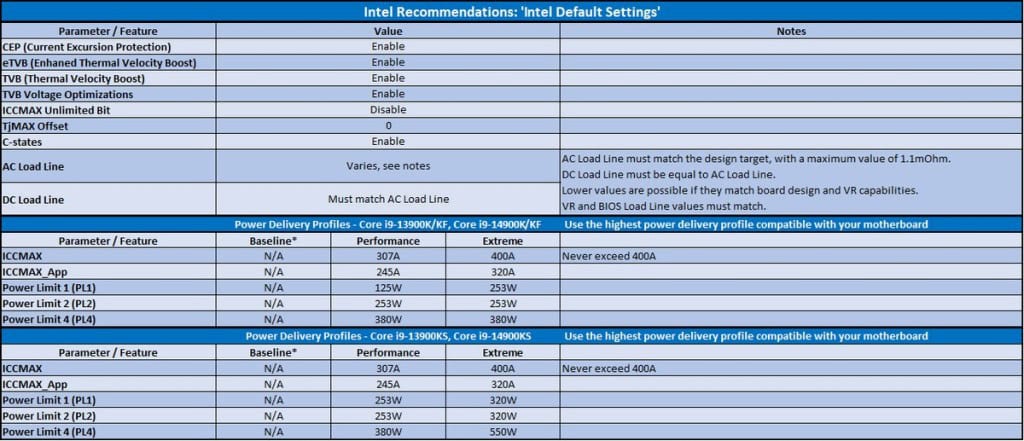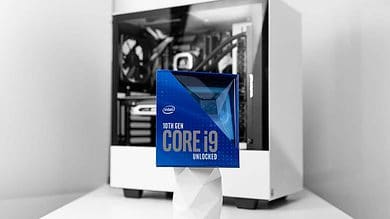Intel tries to fix its i9 mess and issues statement on Core K-series crashes.

i9s of the 13th and 14th Gen Intel Core processors have been systematically crashing under heavy workloads, pushing sonsummers to question the entire CORE processors family robsutness and abitlity to handle more intensive tasks.
In an effort to adress, once and for all the issue, Intel has released a statement asking end-users and platform manufacturers to use its official power profiles that have been (or are being) added to many BIOSes.
While is is impossible to know the exact scope of the “crashing” issues, it is no specluation to state the chips are unstable under high loads. The root of the problem has been blamed on the use of non-standard power settings implemented by motherboard makers. In response, motherboard vendors released BIOS settings with ‘Intel Baseline Profiles’ that were meant to improve stability at the cost of performance, ironic for a K-class processor meant to go beyond advertized specs.
Intel has now clarified that it recommends using the ‘Intel Default Settings’ profile for the most basic level of performance on lower-end boards, but it doesn’t recommend them for the K-Series processors with robust motherboards. Instead of limiting CPU power supply on high-end mainboards, Intel advises using its Performance or Extreme profiles, which are good for processors like the Core i9-13900K/KF, Core i9-14900K/KF, Core i9-13900KS, and Core i9-14900KS. These profiles come in different levels based on the motherboards’ power delivery capabilities, as listed in the table below.

By recommending platform developers to implement the highest power delivery profile compatible with their motherboards, Intel ensures that its CPUs get enough power and the end user gets the full performance its processors are capable of, which is in line with Intel’s warranty terms.
Intel’s statement reads as follows:
“Several motherboard manufacturers have released BIOS profiles labeled ‘Intel Baseline Profile’. However, these BIOS profiles are not the same as the ‘Intel Default Settings’ recommendations that Intel has recently shared with its partners regarding the instability issues reported on 13th and 14th gen K SKU processors.
These ‘Intel Baseline Profile’ BIOS settings appear to be based on power delivery guidance previously provided by Intel to manufacturers describing the various power delivery options for 13th and 14th Generation K SKU processors based on motherboard capabilities.
Intel is not recommending motherboard manufacturers to use ‘baseline’ power delivery settings on boards capable of higher values.
Intel’s recommended ‘Intel Default Settings’ are a combination of thermal and power delivery features along with a selection of possible power delivery profiles based on motherboard capabilities.
Intel recommends customers to implement the highest power delivery profile compatible with each individual motherboard design as noted in the table below.”





